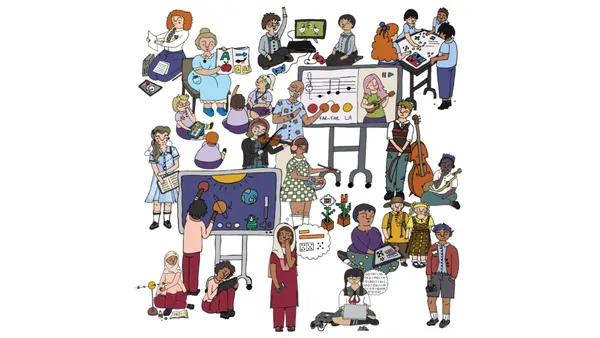Dive Brief:
- Inequality in gifted education programs persists, with some experts saying that racism, classism and elitism play a part, according to a report by Purdue University.
- The number of identified gifted students is higher at non-Title I schools than at those that are Title I. About 56% of non-Title I schools screen for gifted and talented and 13.46% of those students are identified. Meanwhile, the percent of Title I Schools that screen students is 61.35%, but only 7.86% of those students end up being identified as gifted.
- The report also looked at the students that should have been identified as gifted, but were overlooked. Broken down by race, the students who were overlooked come from underrepresented racial groups: black youth are missing at a rate of 63% to 74%; Latinx at a rate of 53% to 66%; and American Indian/Alaska Natives at a rate of 48% to 63%. Asian students were also underrepresented, but at lower rate of 20% to 26%.
Dive Insight:
Since identifying gifted students is not federally regulated by the U.S. Department of Education, identification often varies widely between states and even districts. Nationally, 3.3 million students were identified as gifted in 2016, however, that number is missing an estimated 2 and 3.6 million students who should have been identified, most from Title I schools and minority populations.
Across the nation, districts struggle to identify gifted students being overlooked. An advisory group in New York says that segregation is to blame for the lack of racial and socioeconomic diversity in the city’s gifted programs.
Some districts are throwing out wider nets in hopes of uncovering more gifted program candidates. In an effort to level the playing field, Minnesota’s Mankato Area Public Schools overhauled its identification system which increased the number of black students in the program.
Mankato now screens all students and chooses tests that don’t favor middle-class English speakers. It also widened the circle of adults that can recommend potential program participants and relies on local norms to identify students, rather than national ones. Typically, identifying gifted and talented students is done by testing nominated students, but the district finds that testing all students, without the nomination requirement, ensures everyone has an opportunity to be selected.












